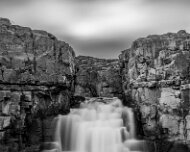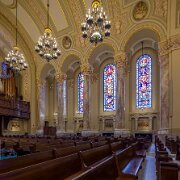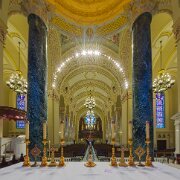- Top navigation bar with Home button
- Search - use "A B" for exact, A and B for conjunctive search
- Background audio player
- Up one level
- Album information
- Share and Like the album on social sites
- Download current folder as ZIP file
- Start slideshow Numpad *
- Previous picture Left arrowSwipe right
- Back to thumbnail page / up one level Esc
- Toggle fit to screen or 1:1 size Numpad +
- Show/hide info panel Numpad -
- Show/hide thumbnail strip Numpad -
- Start/stop slideshow Numpad *
- Next picture Right arrowSwipe left
- Show photo data
- Show map
- Show/hide tagged people
- Download high resolution file
- Add photo to shopping cart
- Share image on social sites












![2024-04-08_310839_WTA_Mavic 3 Porter Sculpture Park is located just off Interstate 90 in Montrose, South Dakota (about 25 miles west of Sioux Falls, on the eastern edge of McCook County).[1]...](thumbs/2024-04-08_310839_WTA_Mavic%203.jpg)
![2024-04-08_310852_WTA_Mavic 3 Porter Sculpture Park is located just off Interstate 90 in Montrose, South Dakota (about 25 miles west of Sioux Falls, on the eastern edge of McCook County).[1]...](thumbs/2024-04-08_310852_WTA_Mavic%203.jpg)
![2024-04-08_310876_WTA_Mavic 3 Porter Sculpture Park is located just off Interstate 90 in Montrose, South Dakota (about 25 miles west of Sioux Falls, on the eastern edge of McCook County).[1]...](thumbs/2024-04-08_310876_WTA_Mavic%203.jpg)
![2024-04-08_310880_WTA_Mavic 3 Porter Sculpture Park is located just off Interstate 90 in Montrose, South Dakota (about 25 miles west of Sioux Falls, on the eastern edge of McCook County).[1]...](thumbs/2024-04-08_310880_WTA_Mavic%203.jpg)
![2024-04-08_310885_WTA_Mavic 3 Porter Sculpture Park is located just off Interstate 90 in Montrose, South Dakota (about 25 miles west of Sioux Falls, on the eastern edge of McCook County).[1]...](thumbs/2024-04-08_310885_WTA_Mavic%203.jpg)
![2024-04-08_310891_WTA_Mavic 3 Porter Sculpture Park is located just off Interstate 90 in Montrose, South Dakota (about 25 miles west of Sioux Falls, on the eastern edge of McCook County).[1]...](thumbs/2024-04-08_310891_WTA_Mavic%203.jpg)


South Dakota